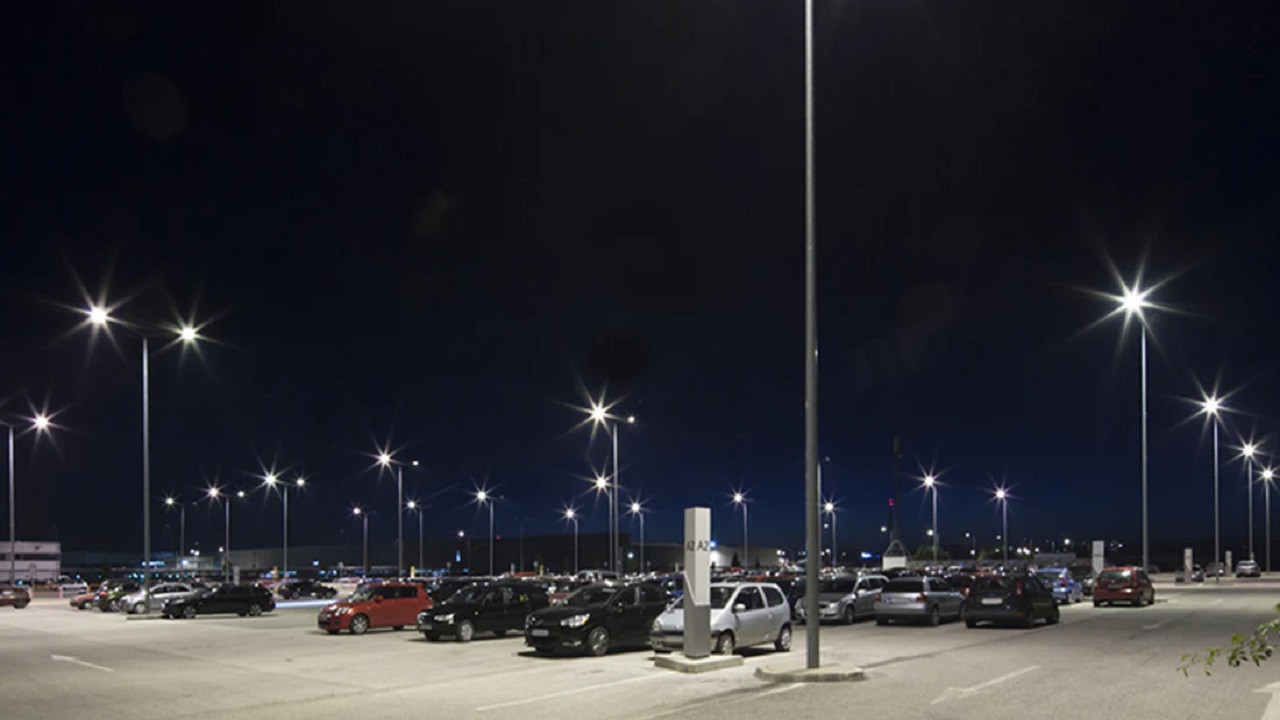With the growing number of cities and communities worldwide that are trying to be sustainable and efficient, outdoor lighting technology is evolving to match these requirements. LED area lights are turning out to be a leader in this progress, which is making possible the energy efficiency, long life, and versatility that are impossible with the earlier lights. Here, we examine the future of outdoor lighting by studying the present-day LED area light technology trends.
Integration of Smart Controls
The addition of smart controls is a major one among the various tendencies in the evolution of LED area light technology. These sophisticated control systems take advantage of wireless communication protocols, sensors, and data analysis to produce lighting that is both efficient and has high performance. Aside from the smart LED area lights, LED parking lot lights with photocell can also be used to provide a dynamic adjustment of their output depending on the presence of ambient conditions, occupancy patterns, and user preferences. This level of control not only creates energy savings but also gives the possibility of individualization and adaptability in landscape lighting installations.
Innovations in Design and Shape
LED area lights go through a significant level of development in terms of design and form to suit the diverse lighting requirements of outdoor applications. Minimalist design is becoming more popular because it fits both the current aesthetic trend and the low-profile nature. Moreover, the modular designs and customizable options allow the provision of solutions that are bespoke and yet adaptable to particular site characteristics and architectural styles. Whether it is the illumination of urban streets, parking lots, or any recreational area, LED area lights are available in different sizes, shapes, and mounting configurations to suit any outdoor setting.
Enhanced Durability and Longevity
LED area light technology has two important traits, namely longevity and durability, and recent progress is making this even more outstanding. Considerable thermal management systems, ruggedized enclosures, and corrosion-resistant materials are developed to ensure a long life and reliable performance during the most challenging outdoor conditions. Moreover, the advanced IP rating of the area LED lights protects them against dust, moisture, and other environmental issues to ensure that they can keep on operating without much maintenance requirements over time. All these benefits mark the durability standard of these LED area lights.
Conclusion
The future of area lighting is bright and outdoor lighting technology is now on its way of evolution. LED area lights which are the brightest part of the smart lighting industry are the most hopeful sector. It entails energy efficiency and smart controls, as well as sustainability and innovation. Energy-efficient and long-lasting lights, for example, photocell-enabled parking lot lights will be the new standard and will help save on electricity bills and lessen the amount of waste. Governments and cities will see this new technology as an opportunity rather than a threat once they realize that the environmental and visual advantages are real. This will allow the transition to a new lighting era where both the color and the eco-friendliness are enhanced.


